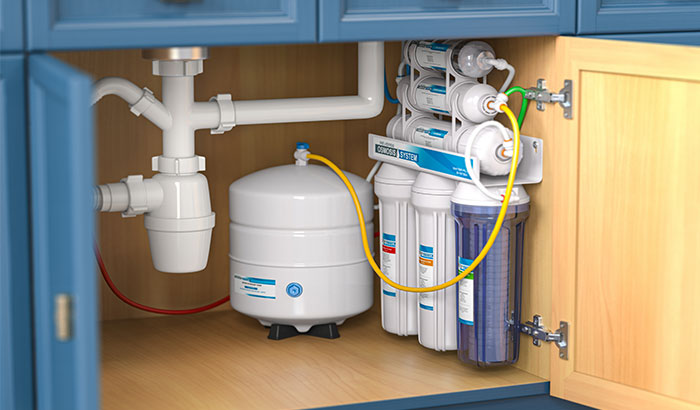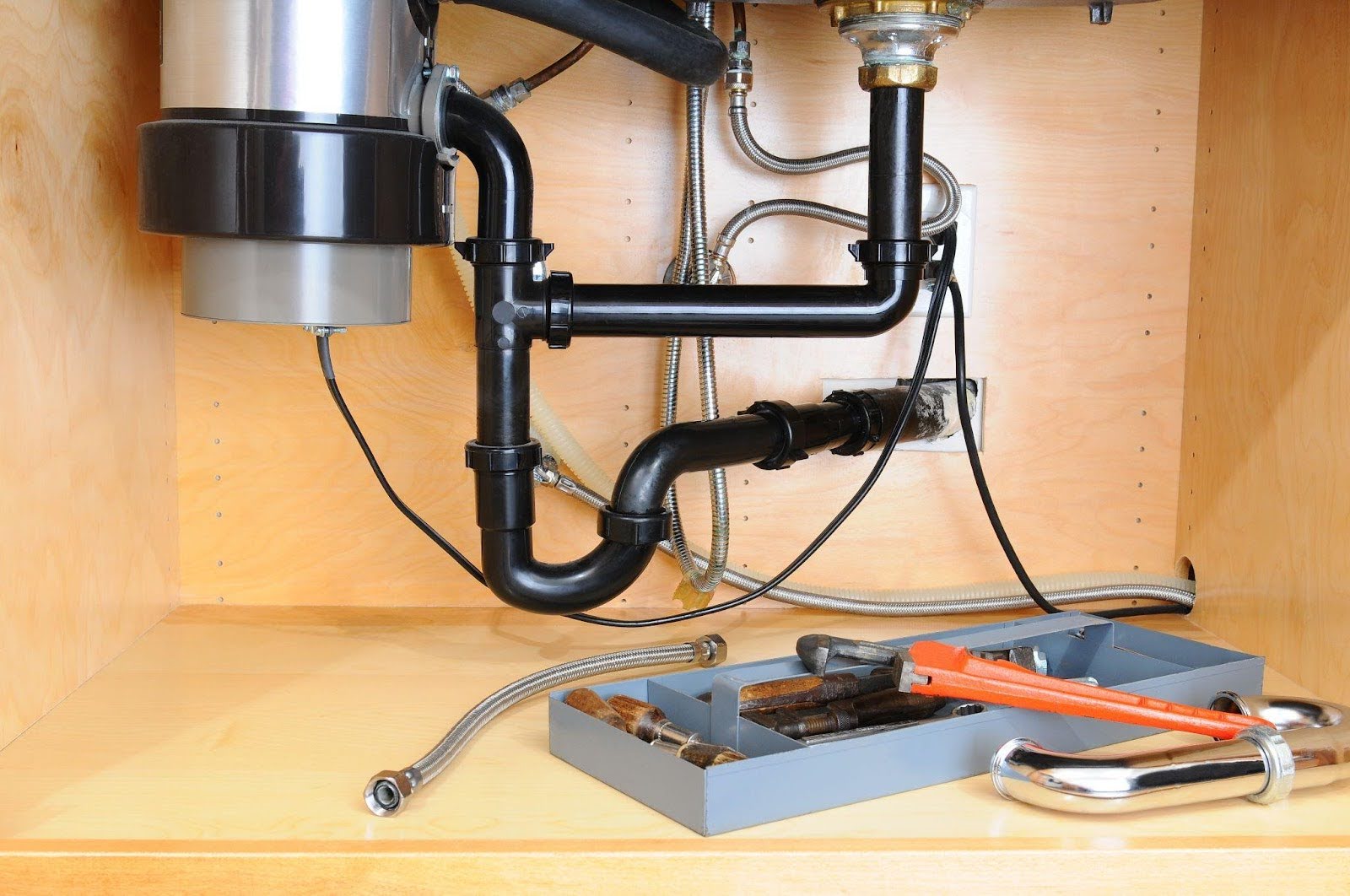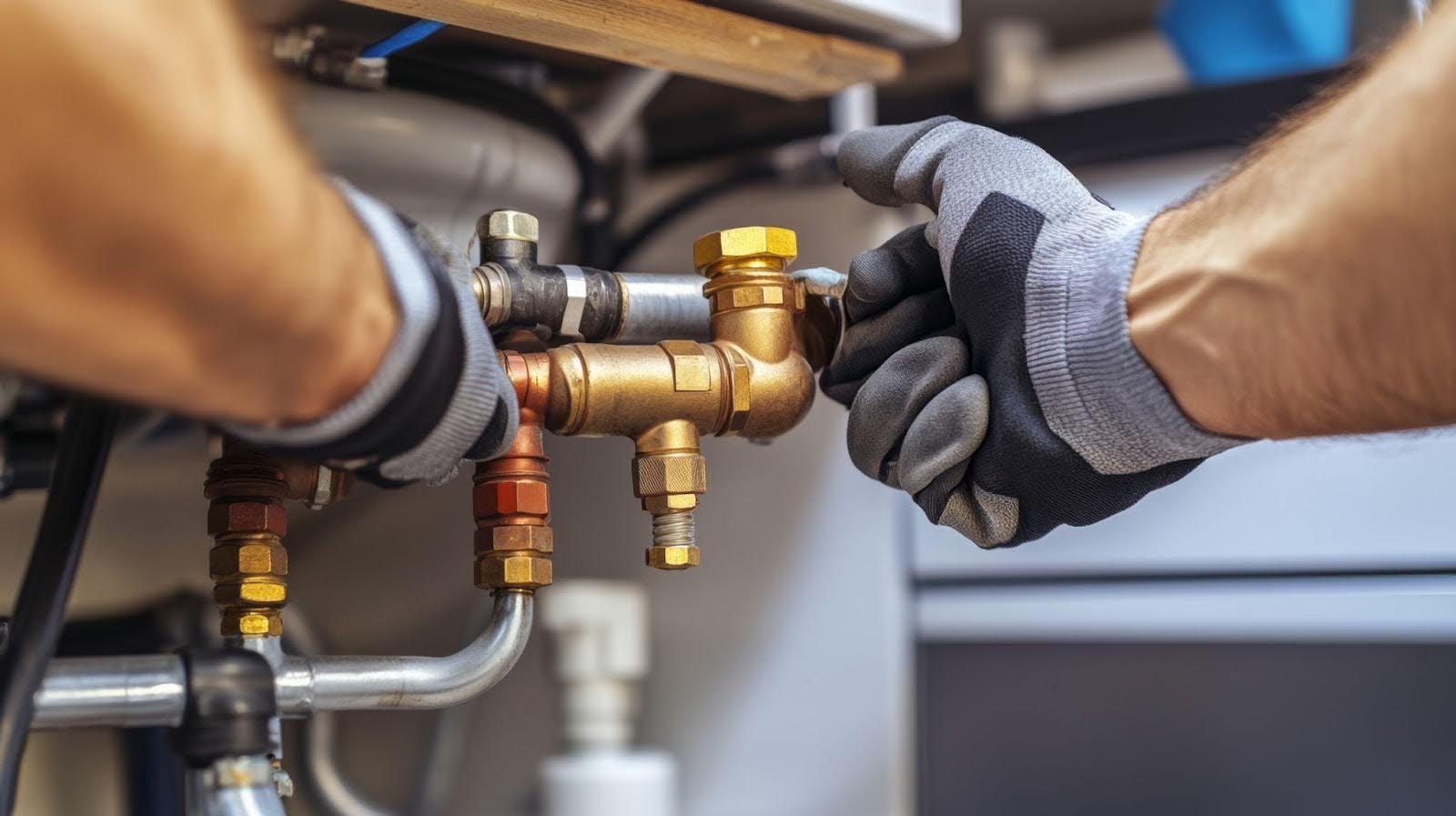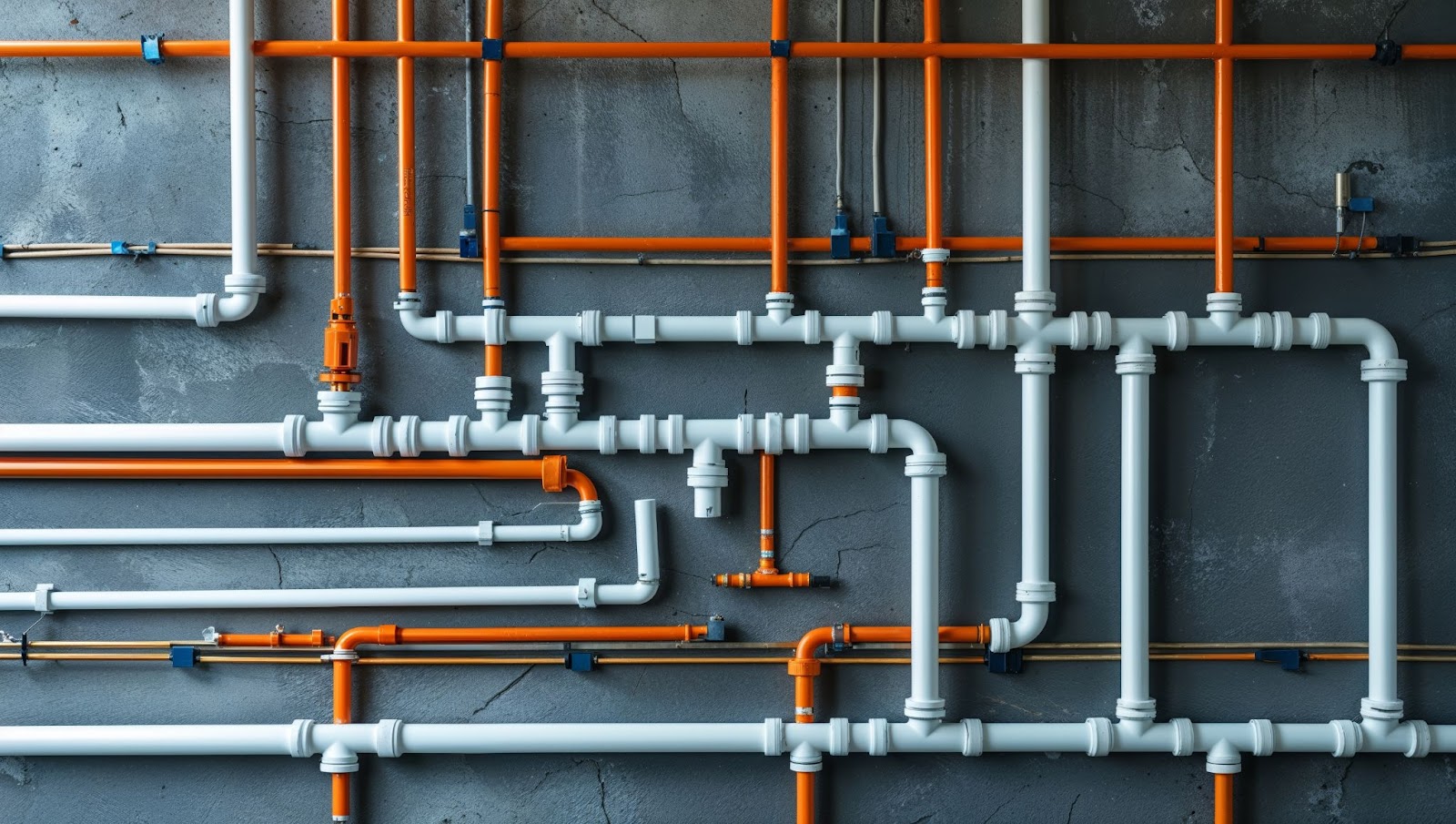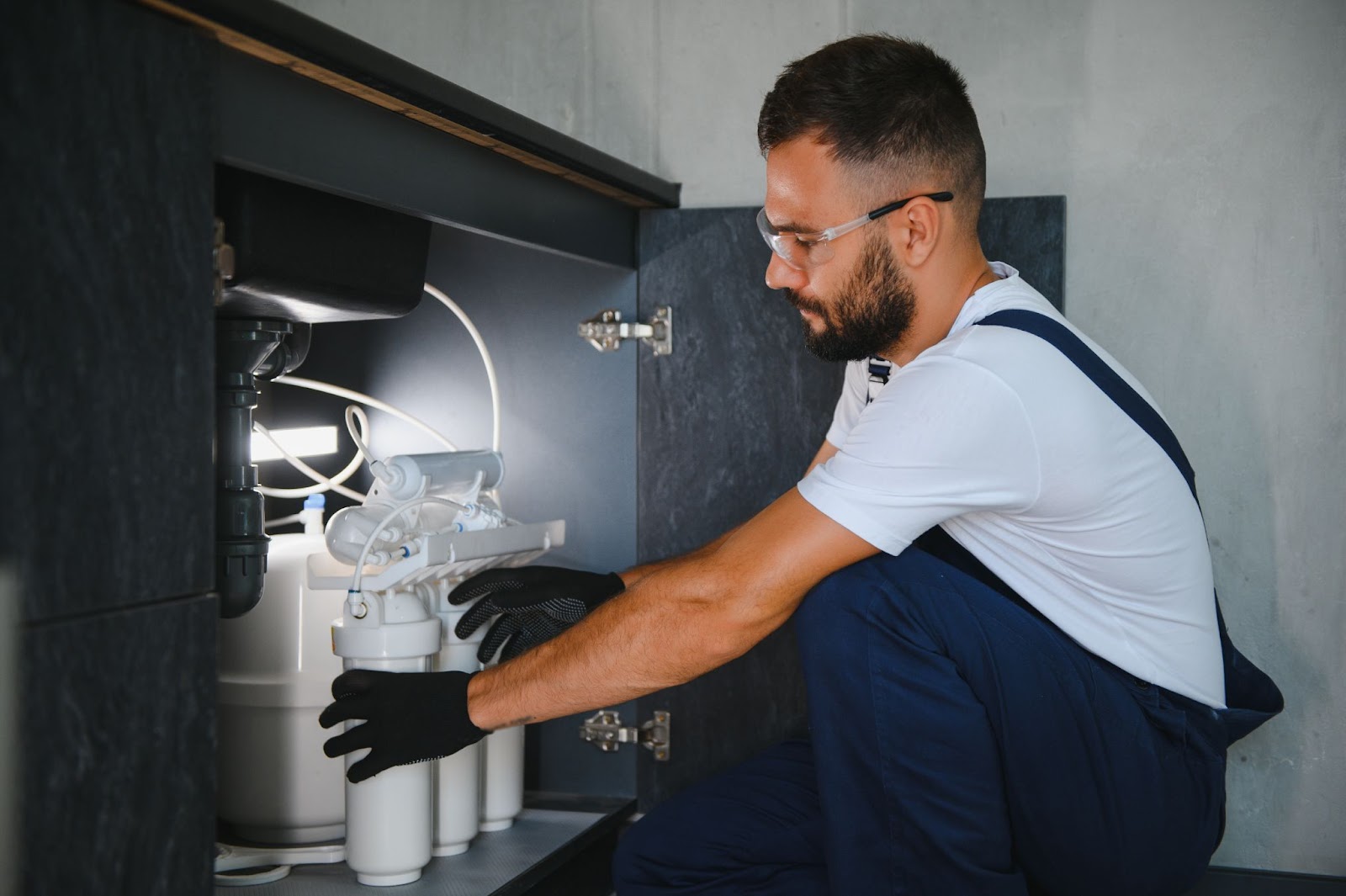Have you considered a home water treatment system for your home?
Clean and safe drinking water is a fundamental necessity for every household. After all, water is not only essential for hydration but also for cooking, cleaning, and maintaining a healthy lifestyle. However, the quality of tap water can vary greatly depending on its source and the presence of contaminants.
That’s where home water treatment systems come into play. These systems are designed to improve the quality of water in your home, ensuring that you and your family have access to clean and safe water whenever you need it. Whether you’re concerned about chlorine, sediment, heavy metals, or other potential contaminants, home water treatment systems offer a range of solutions to address these issues.
But just how effective are these systems? That’s a question we’ll explore in this blog as we delve into the world of home water treatment. We’ll examine different types of systems, their benefits, and factors to consider when choosing the right one for your home. By the end, you’ll have a clearer understanding of how home water treatment systems work and how they can positively impact your daily life.
What are Water Treatment Systems For?
As we stated above, water treatment systems serve a crucial purpose in ensuring the quality and safety of our drinking water. These systems are designed to remove or reduce various contaminants that may be present in the water supply, making the water safe for consumption and daily use. But what exactly are these contaminants, and why do we need to treat our water?
Water treatment systems are designed to address a wide range of potential contaminants found in water sources. These contaminants include bacteria, viruses, protozoa, algae, sediment, organic matter, heavy metals, or chemicals. Some contaminants, such as bacteria and viruses, pose immediate health risks, while others may have long-term effects or affect the water’s taste, odor, or appearance.
By utilizing various treatment methods and technologies, water treatment systems target and remove specific contaminants, making the water safe and suitable for consumption. These systems employ a combination of physical, chemical, and biological processes to ensure effective purification.
Water treatment systems not only improve the safety of our drinking water but also enhance its overall quality. They play a vital role in removing impurities that can affect the taste and odor of water, making it more pleasant to drink. Additionally, these systems can help reduce the presence of chemicals and heavy metals, which may harm our health in the long run.
Contaminants Found in Water
Water is a vital resource, but as we stated above, it can contain many contaminants that can compromise its safety and quality. Understanding the potential contaminants lurking in our water sources is crucial for making informed decisions about home water treatment.
Let’s take a closer look at some of the common contaminants that can be found in water in the home:
- Bacteria: While it shouldn’t contain harmful bacteria — if it comes from a water treatment plant — water may contain harmful bacteria. These bacteria can cause gastrointestinal illnesses and pose a significant health risk if ingested.
- Viruses: Waterborne viruses can contaminate water sources and lead to illnesses ranging from stomach flu to more severe conditions. They can be particularly challenging to remove due to their small size.
- Protozoa: Parasitic protozoa can be present in water sources, especially in areas with inadequate sanitation. These microorganisms can cause gastrointestinal infections.
- Sediment: Sediment refers to particles like sand, silt, and clay that can make water appear cloudy or muddy. While not necessarily harmful on its own, sediment can harbor other contaminants, affect water clarity, and impact the performance of plumbing systems.
- Heavy metals: Metals like lead and mercury can leach into water from natural sources, corrosion of pipes, or industrial activities. Prolonged exposure to heavy metals can have detrimental effects on human health.
- Chemicals: Various chemicals can find their way into water sources. These chemicals may have adverse health effects and require adequate treatment for removal.
- Chlorine and disinfection by-products: While chlorine is commonly used for water disinfection, its presence can lead to the formation of disinfection by-products (DBPs). Prolonged exposure to DBPs may have potential health risks.
- Nitrates and nitrites: These nitrogen compounds can infiltrate water sources from agricultural runoff, septic systems, or fertilizers. High levels of nitrates and nitrites pose a significant risk.
- Radionuclides: Radioactive elements like uranium, radium, and radon can be naturally present in water sources. Prolonged exposure to high levels of radionuclides can increase the risk of certain cancers.
Understanding the presence of these contaminants in water sources highlights the importance of implementing an effective water treatment system to ensure the delivery of clean and safe water for you and your family. When you know what your water contains, you can choose the right water treatment system for your home.
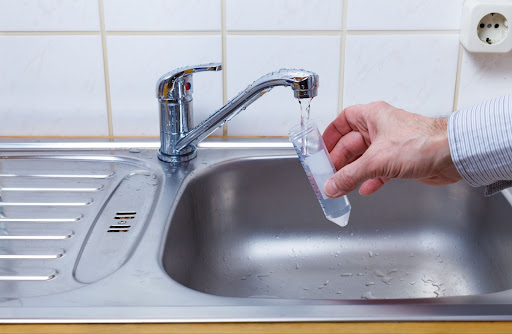
How to Test Your Water?
If you’re concerned about your home drinking water and you feel like it should be tested for a specific contaminant, here are the steps you can take:
- Identify the contaminants of concern: Determine which contaminants you want to test for based on your water source, local conditions, and any specific concerns you may have (e.g., lead, bacteria, pesticides).
- Choose a certified laboratory: Look for an accredited laboratory in your area that specializes in water testing. Ensure they have accreditation from a recognized organization such as the National Environmental Laboratory Accreditation Program (NELAP).
- Select the appropriate testing package: Some labs offer different testing packages based on the contaminants you want to analyze. Common options include basic general water quality assessment packages or specialized packages for specific pollutants.
- Collect a water sample: Follow the specific instructions provided by the laboratory for collecting a water sample. Generally, you’ll need to use a clean, sterile container and follow proper sampling techniques to ensure accurate results.
- Submit the sample to the laboratory: Deliver the water sample to the laboratory promptly to ensure timely analysis. Some labs may offer drop-off points or provide a courier service for sample collection.
- Wait for the results: The laboratory will perform the necessary tests on your water sample. The turnaround time for results can vary depending on the lab and the specific tests conducted. It may take anywhere from a few days to a couple of weeks.
- Review the results: Once you receive the results, carefully review them to understand the concentrations of contaminants in your water. Look for any exceedances of regulatory limits or guidelines for drinking water.
- Interpret the results: If you are unsure about interpreting the results, consult with a water quality professional or the lab that conducted the analysis. They can help explain the findings and provide recommendations if necessary.
- Take necessary actions: Based on the results and any identified contaminants, you may need to take appropriate steps to address any concerns. This could involve installing a specific home water treatment system or implementing mitigation measures as recommended.
- Repeat testing periodically: Water quality can change over time due to various factors, so it’s essential to repeat water testing periodically. Regular testing ensures ongoing water quality monitoring and helps detect any changes or emerging issues.
By following these steps and conducting regular water testing, you can gain valuable insights into the quality of your water and take necessary measures to ensure its safety and purity for you and your family.
How Effective Are Home Water Treatment Systems in Dealing with Contaminants?
Home water treatment systems, in general, have proven to be effective in dealing with contaminants and improving drinking water quality. While the effectiveness can vary depending on the specific system and the contaminants being targeted, these systems are designed to remove or reduce a wide range of impurities.
When properly selected and maintained, home water treatment systems can effectively remove common contaminants such as bacteria, viruses, sediment, chlorine, heavy metals, pesticides, and organic compounds. They can improve the water supply’s taste, odor, and overall safety, providing homeowners with reassurance and peace of mind.
However, it is important to note that the effectiveness of a home water treatment system depends on several factors, including the type of system, the quality of the water source, the concentration and type of contaminants present, and the proper installation and maintenance of the system.
While some systems, like reverse osmosis and distillation, are highly effective in removing a wide range of contaminants, other systems may have limitations in addressing specific contaminants. Choosing a system designed to target the specific contaminants of concern in your water supply is crucial.
Regular monitoring and maintenance of the treatment system are also essential to ensure its continued effectiveness. Filters and other components should be replaced according to the manufacturer’s recommendations to ensure optimal performance and prevent the buildup of contaminants.
Different Types of Home Water Treatment Systems
When it comes to ensuring the quality and safety of your household water supply, various types of home water treatment systems are available to meet your specific needs. These systems are designed to address different contaminants and provide reliable access to clean, purified water. Understanding the different types of home water treatment systems can help you decide which one is best suited for your home.
In this section, we’ll explore the two categories of home water treatment systems and explore their functionalities and benefits.
What are Point-of-Use Systems?
As the name suggests, point-of-use systems are designed to treat water at specific locations where it is consumed or used directly, such as kitchen faucets or showerheads. These systems provide localized treatment at the point of use, ensuring the water is clean and safe for immediate use.
One of the primary advantages of point-of-use systems is their versatility and flexibility. They can be easily installed under the sink, on the countertop, or directly onto the faucet, depending on the specific system and the desired treatment location. This allows for targeted water treatment at specific outlets, such as the kitchen sink or bathroom faucet, where you most frequently access water.
Point-of-use systems are popular in homes because they provide convenient access to treated water where it most needs. They are particularly beneficial for drinking water and cooking, ensuring that the water you consume and use for food preparation is high quality.
It is important to note that point-of-use systems treat water at specific outlets and do not provide whole-house water treatment. If you are concerned about water quality throughout your home, including water used for showering, laundry, and other purposes, you may need to consider a point-of-entry system.
What are Point-of-Entry Systems?
Point-of-entry systems, also known as whole-house water treatment systems, are designed to treat water at the main entry point of your home. These systems provide comprehensive water treatment for all water sources throughout your entire household, ensuring that every faucet, shower, and appliance receives treated water.
The primary advantage of point-of-entry systems is their ability to address a wide range of contaminants and improve the overall quality of your water supply. These systems are highly effective in removing sediment, chlorine, volatile organic compounds (VOCs), heavy metals, and other impurities that may be present in your water.
Point-of-entry systems offer several benefits by treating water as soon as it reaches the house. First, they provide consistent and treated water to all faucets and appliances, eliminating the need for individual point-of-use systems. This means every tap in your home delivers clean, safe water, enhancing the quality of your daily activities, including bathing, laundry, and cooking.
Second, point-of-entry systems help protect your plumbing system and appliances from the harmful effects of contaminants. By removing sediment and other impurities, these systems prevent clogging, corrosion, and damage to pipes, fixtures, and water-using appliances. This can extend the lifespan of your plumbing system and reduce the need for repairs or replacements.
Furthermore, point-of-entry systems offer added convenience as they require minimal maintenance compared to multiple point-of-use systems. Instead of changing filters at every faucet, you only need to maintain and replace the central system’s filters or cartridges at regular intervals, simplifying the upkeep process.
The effectiveness of a point-of-entry system depends on factors such as the specific contaminants present in your water, the flow rate required for your household, and the system’s quality. Professional installation and periodic maintenance are crucial to ensure optimal performance and continued effectiveness of the system.
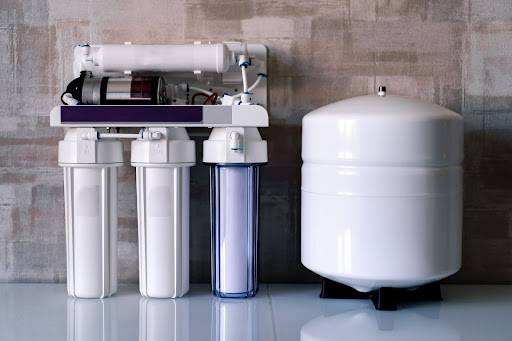
What are my Options for Home Water Treatment Systems?
When choosing a home water treatment system, you have various options available to ensure the quality and safety of your water supply. From activated carbon filters to reverse osmosis systems, each option offers unique functionalities and benefits tailored to address specific contaminants. In this section, we will explore the different options for home water treatment systems, discussing their features, advantages, and considerations.
By understanding the available choices, you can make an informed decision and select the system that best suits your specific water treatment needs. Let’s dive into the details of these options and discover which one is the right fit for you.
Activated Carbon Filters
Activated carbon filters, also known as carbon filters or charcoal filters, are a popular choice for home water treatment. These filters use activated carbon, which is highly porous and has a large surface area, to adsorb impurities and contaminants in the water. They work through a process called adsorption, where the contaminants adhere to the surface of the carbon.
Activated carbon filters can be used as both point-of-entry and point-of-use filters, depending on the specific system configuration.
These filters are highly effective in removing a wide range of contaminants, including chlorine, volatile organic compounds (VOCs), sediment, and certain chemicals that affect the taste and odor of water. They can also reduce some heavy metals, such as lead and mercury, although their efficiency may vary depending on the specific system and the concentration of the contaminants.
One key advantage of activated carbon filters is that they improve the taste and odor of water, providing a more pleasant drinking experience. They are particularly useful in areas with strong chlorine odor in the water supply. Additionally, activated carbon filters are relatively low-cost, easy to install, and require minimal maintenance.
However, it is important to note that these filters may need periodic replacement to ensure their continued effectiveness in removing contaminants. Overall, they’re an excellent choice for water treatment.
Reverse Osmosis Systems
Reverse osmosis (RO) systems are highly effective home water treatment systems that utilize a semi-permeable membrane to remove a wide range of contaminants from water. These systems apply pressure to the water, forcing it through the membrane while leaving impurities behind.
Reverse osmosis systems are typically installed as point-of-use filters, commonly under the sink or in a dedicated location for drinking water. They are designed to provide purified water specifically for drinking and cooking purposes, although some models may also have the capacity to supply water to a refrigerator or other outlets.
One of the primary advantages of reverse osmosis systems is their ability to remove or reduce various contaminants, including bacteria, viruses, heavy metals (such as lead and arsenic), fluoride, nitrates, and most dissolved solids. The semi-permeable membrane used in RO systems has microscopic pores that effectively block these impurities, resulting in purified water.
It’s important to note that reverse osmosis systems also have a wastewater stream, as a portion of the water is diverted to flush out the impurities. However, modern RO systems are designed to be more efficient, reducing the amount of wastewater produced compared to earlier models.
Reverse osmosis systems provide several benefits, including improved taste, odor, and appearance of water. They can significantly reduce the presence of contaminants that may affect the quality and safety of your drinking water.
Ultraviolet Disinfection Systems
Ultraviolet disinfection systems are an advanced technology used in home water treatment to eliminate harmful microorganisms from the water supply. These systems utilize ultraviolet light to deactivate and destroy bacteria, viruses, and other pathogens that may be present in the water.
UV disinfection systems are typically installed as a point-of-entry filter, treating the water at the main supply point of the home. As water flows through the system, it is exposed to UV light emitted by a specialized lamp. UV light disrupts the DNA structure of microorganisms, rendering them unable to reproduce and effectively neutralizing their threat.
It’s important to note that UV disinfection systems do not remove other types of contaminants, such as sediment, chemicals, or heavy metals. Their primary purpose is to target and eliminate microorganisms, making them a valuable addition to a comprehensive water treatment setup.
UV disinfection systems offer several advantages. First and foremost, they provide a chemical-free disinfection method, avoiding potentially harmful substances. They are also highly effective in neutralizing various microorganisms, including bacteria, viruses, and protozoa. Moreover, you should note that UV disinfection does not alter the water’s taste, odor, or pH.
It’s worth mentioning that UV disinfection systems require regular maintenance, including periodic lamp replacement, to ensure optimal performance. The lamp’s effectiveness diminishes over time, so following the manufacturer’s recommendations for replacement intervals is crucial.
Water Softeners
Water softeners are specialized home water treatment systems designed to address the issue of water hardness. Hard water contains high levels of minerals, primarily calcium and magnesium, which can lead to problems such as limescale buildup, decreased efficiency of soaps and detergents, and potential damage to plumbing fixtures and appliances.
Water softeners primarily work through a process called ion exchange. Water softeners are typically installed as point-of-entry systems, treating the water supply for the entire household. They are usually connected to the main water line, ensuring that all water sources in your home receive softened water.
The benefits of water softeners are numerous. By removing the hardness minerals, these systems can prevent limescale buildup on plumbing fixtures, appliances, and even glassware. This extends the lifespan of your plumbing system and improves the efficiency of your water heater and other water-dependent appliances, potentially reducing energy consumption.
Distillation Systems
Distillation systems are home water treatment systems that utilize the distillation process to remove impurities from water. Distillation involves heating the water to create steam, which is then cooled and condensed back into liquid form, leaving behind contaminants that do not vaporize.
Distillation systems are typically point-of-use filters commonly found as countertop or under-sink units. These systems consist of a heating element or a boiling chamber, a condenser, and a collection container for the purified water.
The distillation process effectively removes a wide range of impurities from the water, including heavy metals, minerals, dissolved solids, bacteria, viruses, and certain chemicals. The resulting purified water is free from most contaminants and is considered safe for consumption.
One of the main advantages of distillation systems is their ability to produce high-purity water. The distillation process effectively removes impurities, and the resulting water is often referred to as “pure” or “distilled” water. This can benefit individuals with specific health conditions or those seeking the purest form of water.
Oxidation Filters
Oxidation filters, also known as catalytic or media filters, are an effective type of home water treatment system that utilizes oxidation reactions to remove contaminants from water. These filters employ a catalytic media or material that facilitates the oxidation of certain substances, transforming them into less harmful forms or facilitating their removal from the water.
These filters primarily target contaminants such as iron, manganese, hydrogen sulfide, and certain organic compounds. The catalytic media in the filter promotes chemical reactions that convert these substances into insoluble forms, allowing for their filtration or precipitation.
Oxidation filters can effectively reduce or eliminate the presence of these specific contaminants, improving the water’s taste, odor, and appearance. Additionally, they can help prevent staining or discoloration of plumbing fixtures and clothing caused by iron or manganese.
Ceramic Filters
Ceramic filters are a type of home water treatment system that utilizes a porous ceramic material to remove contaminants from water physically. These filters comprise ceramic cartridges with tiny pores that act as a barrier, trapping impurities while allowing water to pass through.
Ceramic filters are commonly used as point-of-use systems and are often found in portable or countertop water filter units.
The porous nature of ceramic filters allows them to effectively remove various contaminants from water, including sediment, bacteria, protozoa, and some larger particles. The small pore size helps physically block these impurities, providing a barrier between the water and the contaminants.
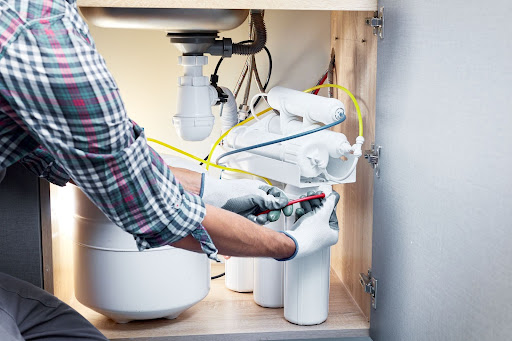
Do I Have to Install My Home Water Treatment System by Myself?
Installing a home water treatment system can vary depending on the type of system you choose and your level of expertise in plumbing. While some systems come with DIY installation kits and instructions, others may require you to contact local plumbing services for safe and optimal installation.
Let’s explore the factors to consider when deciding whether to install your home water treatment system yourself or seek professional assistance.
- Complexity of the System: Some water treatment systems, such as countertop or under-sink filters, are designed for easy installation and can be done by most homeowners with basic plumbing knowledge. These systems typically come with detailed installation instructions, and many manufacturers provide online resources or customer support to assist with any questions.
On the other hand, more complex systems like whole-house filtration or reverse osmosis units may require advanced plumbing skills and knowledge of electrical connections. In such cases, enlisting the services of local plumbing professionals is recommended to ensure proper functioning and prevent any potential issues.
- Compliance with Local Codes and Regulations: Depending on your location, there may be specific plumbing codes and regulations that govern the installation of water treatment systems. These codes are in place to ensure the safety and functionality of plumbing systems in residential properties.
Your local plumbing services are well-versed in local codes and can ensure that the system is installed in compliance with these regulations. They will also have the necessary permits and expertise to handle any necessary plumbing modifications or electrical connections.
- Warranty and Support: Many water treatment systems come with warranties that may require professional installation to validate the warranty coverage. Manufacturers often specify that professional installation is necessary to ensure proper operation and to avoid any potential damage caused by improper installation.
Additionally, professional installers can provide ongoing maintenance, service, and support, ensuring the longevity and performance of the system.
- Safety Considerations: Some water treatment systems involve working with electrical components or require proper handling of chemicals during installation. If you are not experienced or comfortable with these aspects, it is advisable to hire a professional to handle the installation. They will have the knowledge and skills to safely handle the system and ensure it is correctly installed without any safety risks.
Take Control of Your Water Quality with Salisbury Plumbing
Ready to take the next step towards cleaner, healthier water for your home? Don’t wait any longer! Contact Salisbury Plumbing today to schedule your home water treatment system installation. Our team of experienced professionals is here to help you make informed decisions about the right water treatment system for your home and provide expert installation services.
With years of industry experience and a reputation for excellence, we are dedicated to delivering top-quality service and ensuring your satisfaction. Our knowledgeable technicians will assess your water quality concerns and recommend the most suitable system for your household.
By investing in a home water treatment system installed by Salisbury Plumbing, you can enjoy a multitude of benefits. From improved taste and odor to removing contaminants, these solutions are designed to provide clean, refreshing water you can trust. Say goodbye to worries about water quality and experience the peace of mind of knowing your family is consuming safe and healthy water.
Don’t compromise on the quality of your water. Take control of your water supply today and enjoy the benefits of a professionally installed home water treatment system. Contact Salisbury Plumbing at 385-438-6647 or fill out our online form to schedule your installation. Let us help you enhance your water quality and provide your household with the pure, refreshing water you deserve.
toto slot

